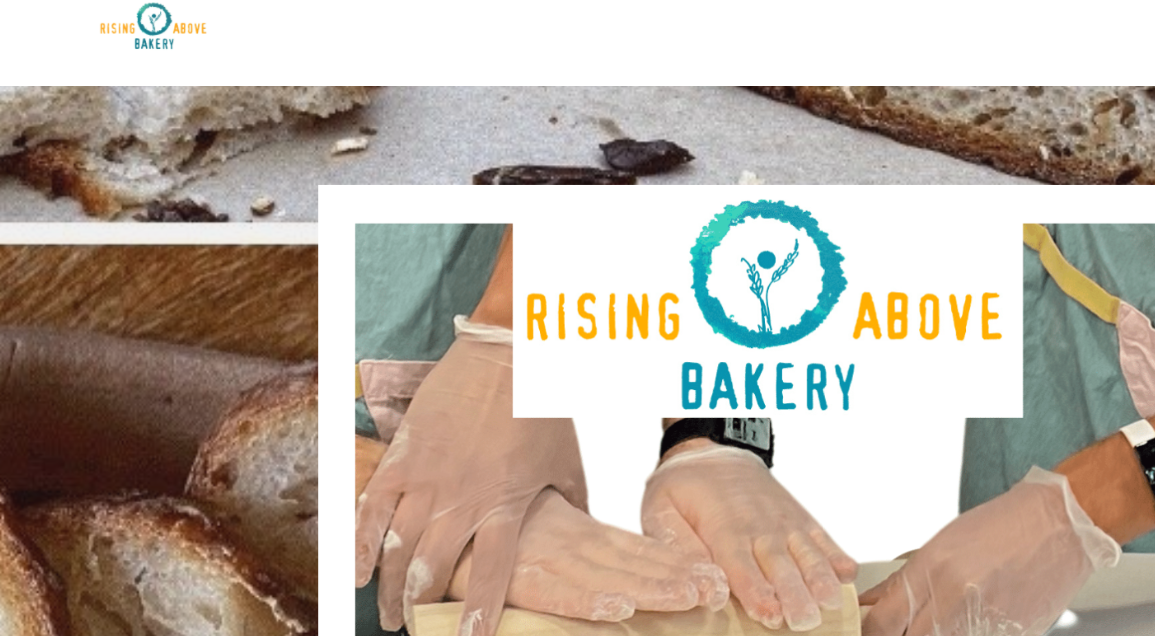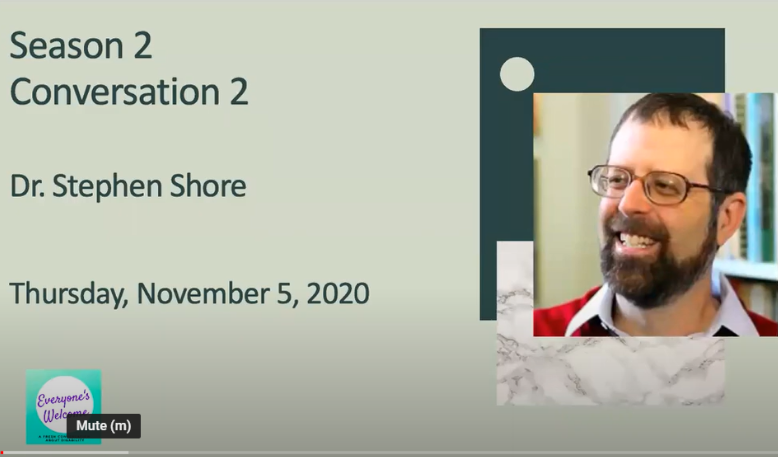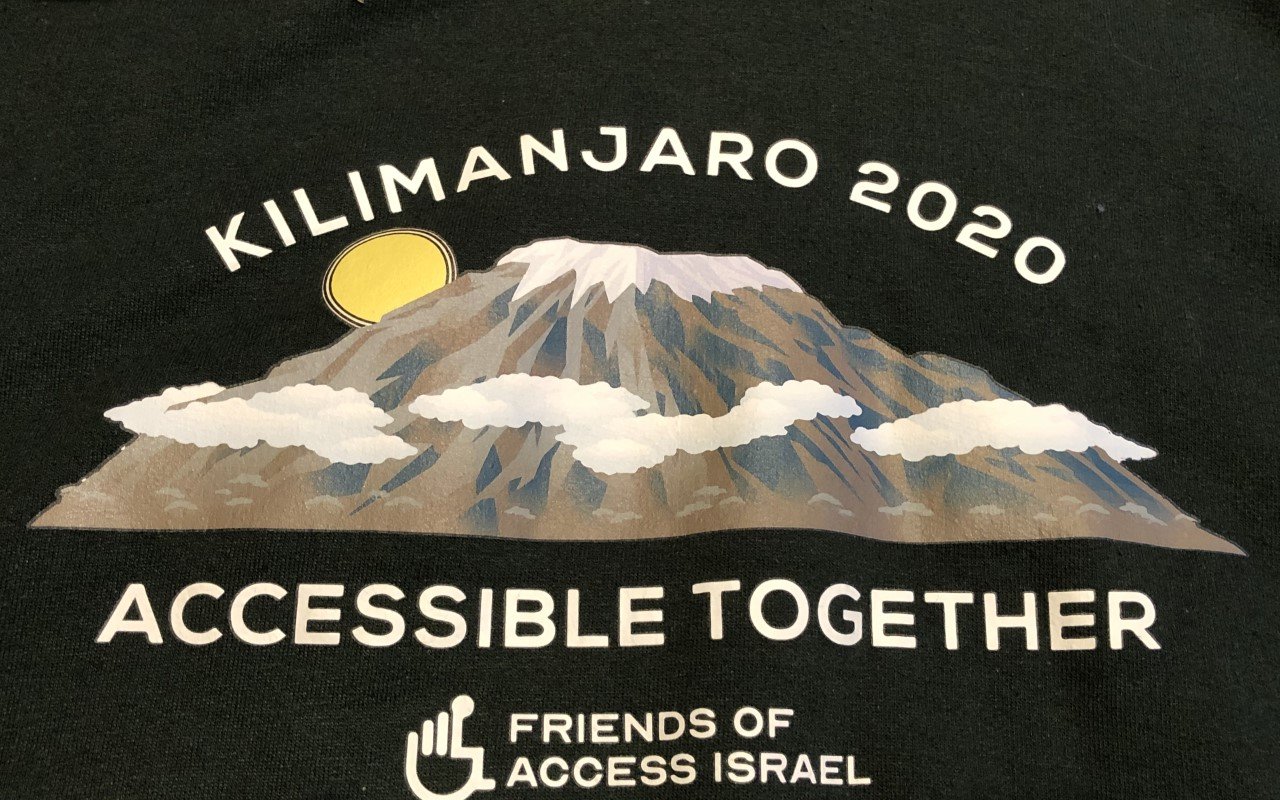There are two things you don’t hear much about during the Covid pandemic—new businesses opening and new job opportunities for people with disabilities. (Bakers) hats off to Shiri Reuveni-Ullrich, the founder and president and the amazing team of Rising Above Bakery in Chestnut Ridge, New York! The 501(c)(3) non-profit organization will train and employ people with disabilities.
Reuveni-Ulrich, a speech therapist who worked with students in the kitchen for years, developed a cookie line which provided work opportunities for people with disabilities. “After establishing our baking routines, I noticed how much the students open up in the kitchen. Nonverbal students started sounding their voices, laughing, singing, expressing their true self. From there the road was paved to combine all my passions into one focal point- thus the bakery,” reports Reuveni-Ulrich.
Reuveni-Ullrich notes that “over 80% of adults with intellectual disabilities do not have paid employment in their communities” and adds, “At Rising Above Bakery, we believe that everyone should have a fighting chance to learn a skill that leads to personal empowerment and even to steady employment opportunities.”
Plans for a brick-and-mortar bakery that would employ individuals with different abilities as equal members of the team as well as teach baking skills are still in the works. At this, they are creating a cottage bakery that will offer workshops and classes, centered on “teaching within a loving community atmosphere available for New York and New Jersey residents.” The goal is to prepare new bakers for independency in the kitchen.
They have launched a Kickstart Challenge and hope to raise $20,000 to get the bakery up and running.
Check out this short video to learn more.
It is always refreshing to see more training and employment opportunities for people with disabilities. It is especially praiseworthy that Rising Above Bakery is opening during these difficult times. Please check out my growing list of creative job sites for people with disabilities. I have visited 30 or so and have another 150 on my list still to visit!









